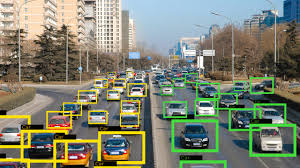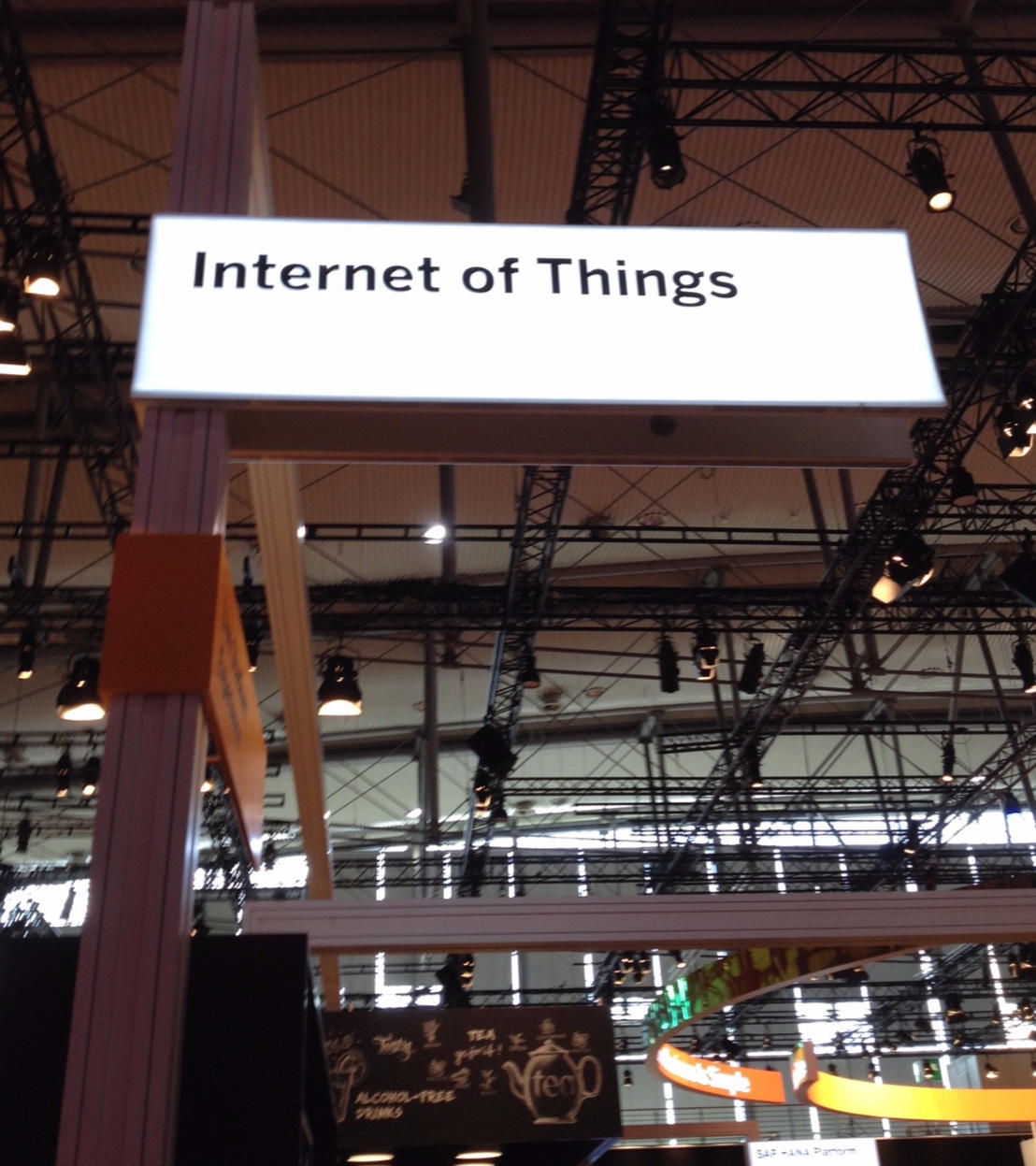Source: businesswireindia.com
This week, a tech pundit tweeted, “There’s no such thing as IoT.” It came on the heels of a friend of mine’s awesome newsletter last month, which argued that it no longer makes sense to break out IoT as a category because everything is being connected. Essentially the argument is that IoT is everywhere, so it has grown beyond the idea of needing a separate category all its own.
Even as someone who writes a weekly IoT newsletter, I agree with these takes. That said, I do think we need to offer a real explanation of what IoT is, what it isn’t, and why we still need to pay attention to it. And I’m not just saying that in some sad attempt to justify my chosen sphere of coverage — quite the contrary. I’m saying it because, if we simply declare that IoT doesn’t exist, we’ll abstract away a powerful shift in technology and business that everyone from engineers to product managers need to understand.
Whenever I give a presentation, I always start by defining the internet of things, and it goes something like this: The cost of sensors has fallen by more than half, and wireless internet has become ubiquitous, which together allows us to pull data from more places and do so at an exponentially lower cost than we’ve ever done before. And thanks to cloud computing and cheap broadband back to the cloud, we can take the terabytes of sensor data and analyze it cheaply, too.
Indeed, many companies view IoT as a technology shift, but it’s really an economic shift. We have made it so cheap to get data from so many places that it’s become irresponsible not to get that data, especially when it costs smart businesses so little to derive insights from it. I discussed why, exactly, this matters a few newsletters ago. Essentially, IoT isn’t about data; it’s about insights. And then it’s about doing something with those insights.
Again, that’s not about technology per se. It’s about metrics and key performance indicators and building processes. As I tell people, IoT isn’t the story; rather, it’s the infrastructure on which you build a story. And the big stories right now focus on AI and ways to take that new and cheaply acquired data to create insights or build new products and services.
IoT is like broadband, or 4G, or cloud computing. There is a lot of whiz-bang technical stuff happening under the covers, but at the end of the day, few people will need to worry about IoT in and of itself. They will need to think about the data they want to get and how they should analyze it to build new products and services.
This is how I think about every story that comes across my desk. I ask myself, is this a story about IoT, about the underlying technology associated with getting more data, at a lower cost, from more places? Examples could include new radio protocols that offer advantages over existing options, or new messaging protocols that help pull data from one machine to another. Other infrastructure technologies might also play a role here; the potential impact of 5G on latency, for example, could mean that sensors will be able to get to more places and ferry more critical information than ever before.
Or perhaps the story I’m looking at that day is one about analyzing data. I’m always looking for database technologies that can work on smaller processors or with less memory so analysis can be run closer to the sensors themselves. Other stories in this category include ways to compress or smartly delete data that’s not relevant, new training mechanisms for machine learning, the economics of analyzing data, and the ethics associated with using data.
I also look for stories that result from connecting products, especially when it changes the way businesses need to operate. For example, I write a lot about how connected products will shift a sale from a one-time transaction to an ongoing relationship. Related to this is how companies can harvest the data from connected devices to glean new insights about usage or customer needs, or how they can use the ability to communicate with other products to build a new service.
Here we start moving away from pure-play tech stories and into the implications of that technology. Whereas we once were able to see the future of the streaming wars by looking at the increase in broadband speeds, or the rise in real-time traffic apps based on the boost provided by cheaper GPS lookups and 4G, we can now predict certain opportunities based on the rise of connected sensors, ubiquitous wireless, and cheap computing.
I predict context-aware apps that can pull data from a variety of sources to help optimize your diet, and the rise of interconnected city services that help notify you when your driver’s license needs to be renewed and then schedules a time or alerts you when the lines are short. In the business world, we should expect to see accountants adjust their depreciation schedules based on a more accurate understanding of when a product will fail. Insurers and municipalities, meanwhile, will be able to enforce occupancy rules using connected people counters in businesses.
So, to say that IoT doesn’t exist is true in the sense that IoT isn’t some narrowly defined industry. But it obscures the fact that technology offers an entirely new way of doing business, one that depends on real-time information that can be analyzed, shared, and used to deliver context about customers, operations, and the world around us.


